|
Too many students arrive at high school without the basic math fundamental skills. The rules of divisibility is one of the critical skills that is crucial to being able to understand conceptually division and fractions. Below is listed the rules of divisibility for the number 1-12. 1 Any integer (not a fraction) is divisible by 1 2 The last digit is even (0,2,4,6,8) 128 Yes 129 No 3 The sum of the digits is divisible by 3 381 (3+8+1=12, and 12÷3 = 4) Yes 217 (2+1+7=10, and 10÷3 = 3 1/3) No This rule can be repeated when needed: 99996 (9+9+9+9+6 = 42, then 4+2=6) Yes 4 The last 2 digits are divisible by 4 1312 is (12÷4=3) Yes 7019 is not (19÷4=4 3/4) No A quick check (useful for small numbers) is to halve the number twice and the result is still a whole number. 12/2 = 6, 6/2 = 3, 3 is a whole number. Yes 30/2 = 15, 15/2 = 7.5 which is not a whole number. No 5 The last digit is 0 or 5 175 Yes 809 No 6 Is even and is divisible by 3 (it passes both the 2 rule and 3 rule above) 114 (it is even, and 1+1+4=6 and 6÷3 = 2) Yes 308 (it is even, but 3+0+8=11 and 11÷3 = 3 2/3) No 7 Double the last digit and subtract it from a number made by the other digits. The result must be divisible by 7. (We can apply this rule to that answer again) 672 (Double 2 is 4, 67-4=63, and 63÷7=9) Yes 105 (Double 5 is 10, 10-10=0, and 0 is divisible by 7) Yes 905 (Double 5 is 10, 90-10=80, and 80÷7=11 3/7) No 8 The last three digits are divisible by 8 109816 (816÷8=102) Yes 216302 (302÷8=37 3/4) No A quick check is to halve three times and the result is still a whole number: 816/2 = 408, 408/2 = 204, 204/2 = 102 Yes 302/2 = 151, 151/2 = 75.5 No 9 The sum of the digits is divisible by 9 (Note: This rule can be repeated when needed) 1629 (1+6+2+9=18, and again, 1+8=9) Yes 2013 (2+0+1+3=6) No 10 The number ends in 0 220 Yes 221 No 11 Add and subtract digits in an alternating pattern (add digit, subtract next digit, add next digit, etc). Then check if that answer is divisible by 11. 1364 (+1−3+6−4 = 0) Yes 913 (+9−1+3 = 11) Yes 3729 (+3−7+2−9 = −11) Yes 987 (+9−8+7 = 8) No 12
The number is divisible by both 3 and 4 (it passes both the 3 rule and 4 rule above) 648 (By 3? 6+4+8=18 and 18÷3=6 Yes) (By 4? 48÷4=12 Yes) Both pass, so Yes 524 (By 3? 5+2+4=11, 11÷3= 3 2/3 No) (Don't need to check by 4) No
0 Comments
After the SBAC testing Math students were engaged in writing about concepts and their favorite Mathematicians and math concepts. The task requires research, drafting a five paragraph essay using the Jane Schaffer framework, and preparing a presentation using Power Point or other software. Student use their close reading and annotation skills to help prepare their writing strategies. Student's have come a long way and the project brings about interesting conversation with students learning math using engaging activities. This year math has been fun and engaging for all students in the California Model Continuation High School. We are Math Warriors.
Batter CalculationsStep 1 -Calculate Herrera's Batting Average and Slugging Percentage Below is the career batting statistics for Bryce Harper PITCHER CALCULATIONSCalculate his Earned Run Average (ERA) and his Walks plus Hits Innings Pitched Percentage (WHIP)
Calculate your Favorite players statistics and make a slide presentation of the calculations. Pay
The median annual wage for mathematicians was $101,360 in May 2012. The median wage is the wage at which half the workers in an occupation earned more than that amount and half earned less. The lowest 10 percent earned less than $56,040, and the top 10 percent earned more than $152,950. In May 2012, the median annual wages for mathematicians in the top five industries in which these mathematicians worked were as follows: Scientific research and development services$118,030 Manufacturing116,860 Federal government106,360 Management of companies and enterprises74,980 Educational services; state, local, and private66,590Most mathematicians work full time. Deadlines and last-minute requests for data or analysis may require overtime. In addition, mathematicians may have to travel to attend seminars and conferences. Job OutlookEmployment of mathematicians is projected to grow 23 percent from 2012 to 2022, much faster than the average for all occupations. However, because it is a small occupation, the fast growth will result in only about 800 new jobs over the 10-year period. The amount of digitally stored data will increase over the next decade as more people and companies conduct business online and use social media, smartphones, and other mobile devices. As a result, businesses will increasingly need mathematicians to analyze the large amount of information and data collected. Analyses will help companies improve their business processes, design and develop new products, and even advertise products to potential customers. Mathematicians will also be needed to help information security analysts create data-security systems to protect the confidentiality and personal information of individuals. |
Dr. Smith
|
- Home
- CAASPP/SBAC PREP
- Orientation
- Dr. Smith MATH BLOG-2017-2018
- Privacy Policy
- Hour of Code
- Math Fun Night Videos
- CCHS MATH I
- CCHS MATH II
- CCHS MATH III
- Art of Math
- Parents
- RTI-FLOWMAP
- WOF-Good
- Hourofcode
- Content Objectives
- Common Core Standards
- Geometry Proofs
- MusicBlog
- CCHS Kahoot Challenge
- MATH & PEOPLE
- JavaScript Programming
- Star Wars
- Pearson Video Help
- Conference Presentations
- SBAC Practice #1
- SJAE Exit Survey
- CCEA MATH Resources
- CCHS MATH BLOG-2018-2019
- Brain-Based Research
- Stock Market Game
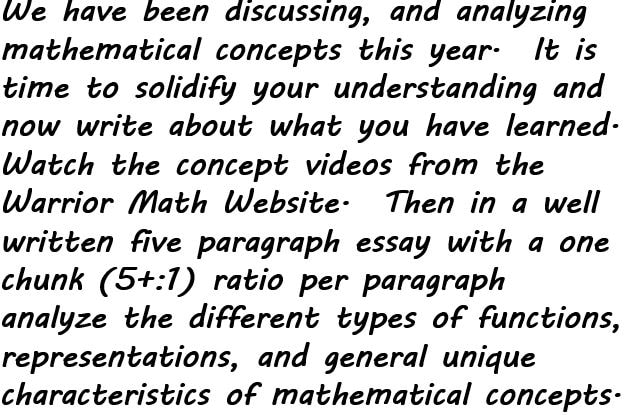
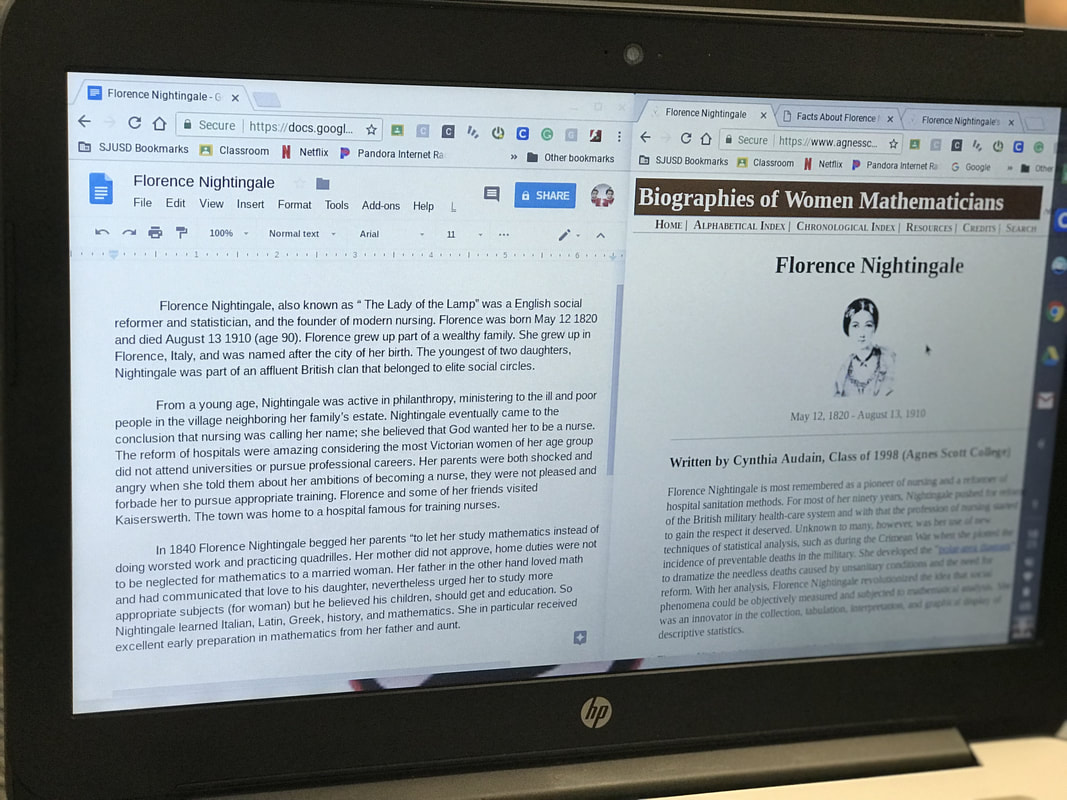
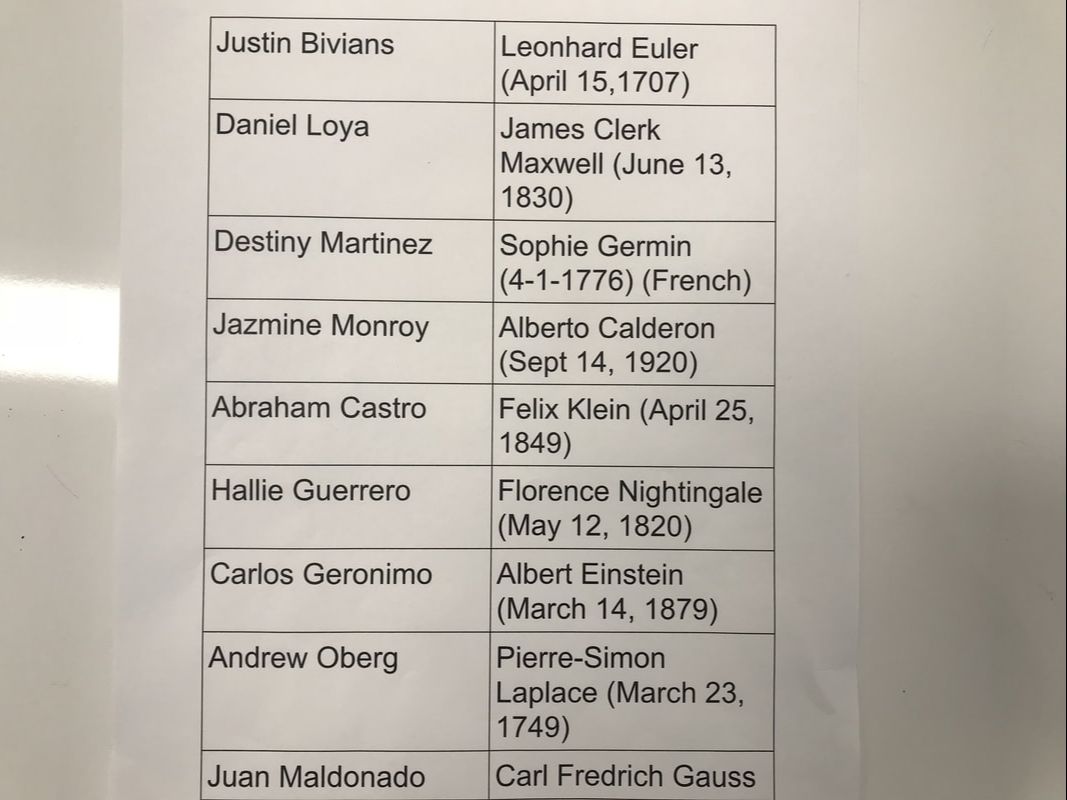
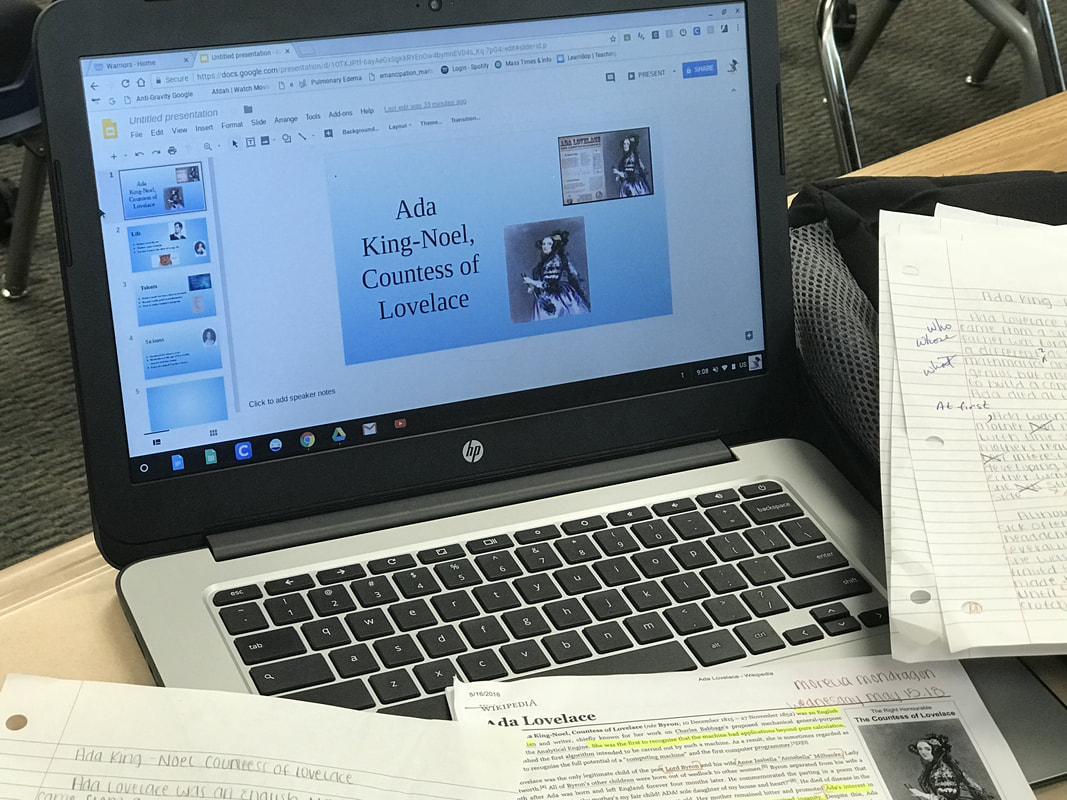



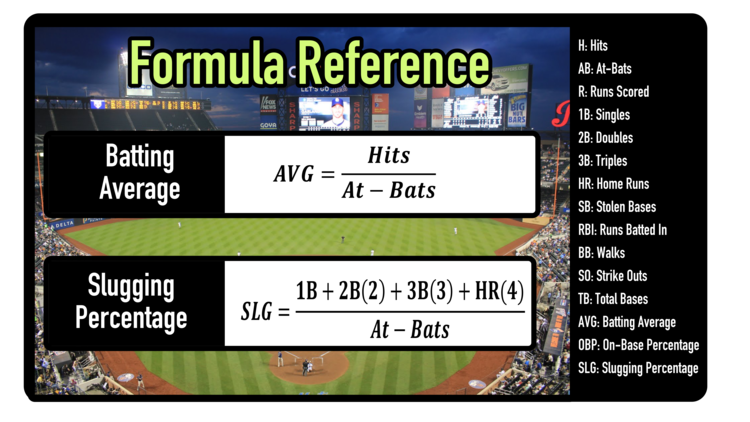


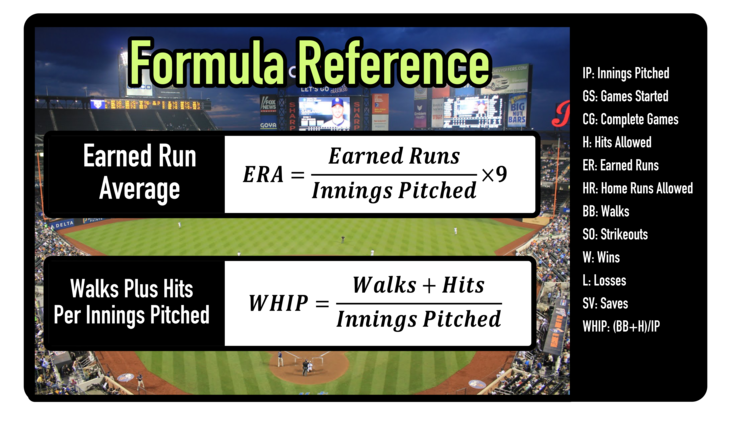

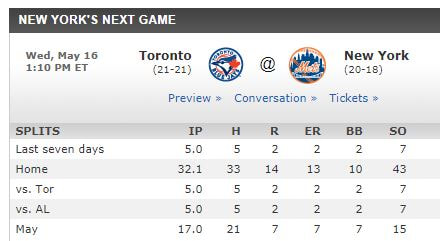
 RSS Feed
RSS Feed
